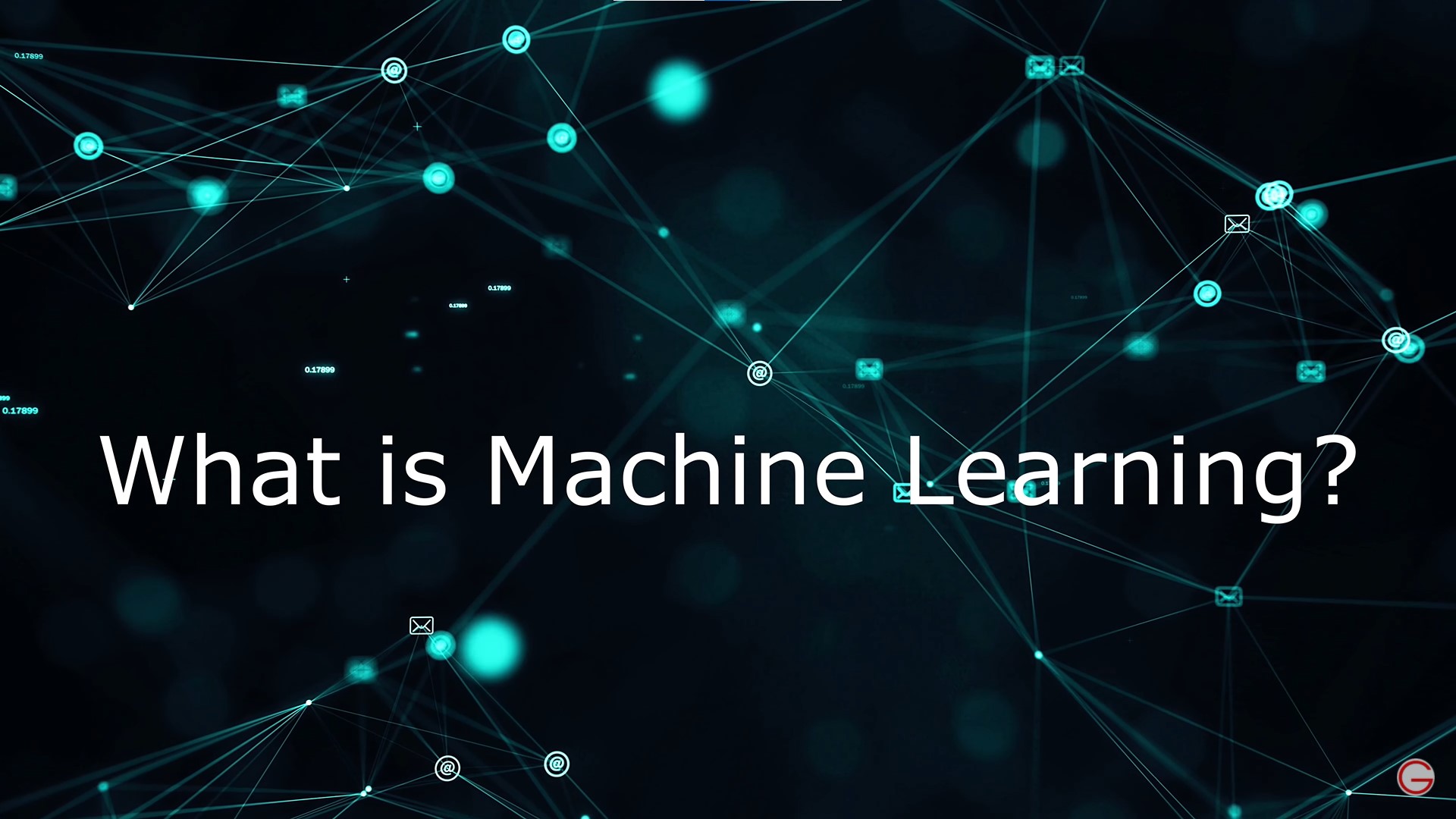Machine Learning Introduction

What is machine learning?
First, let’s define what we mean by machine learning and the various forms it can adopt. So this is one of the most basic definations you could possibly give - Machine learning is the process of training computers to think like human beings. This means giving them the inputs—i.e. vast quantities of real-world data—to develop their own autonomous “thought processes” over time. Machine learning is generally classified as supervised, unsupervised or semi-supervised and reinforcement earning. The two models commonly used within manufacturing are: Supervised machine learning: Supervised learning (SL) is the machine learning task of learning a function that maps an input to an output based on example input-output pairs. It infers a function from labeled training data consisting of a set of training examples.
Can be trained using predefined criteria, to identify patterns in data. This is typically applied using one of two models:
1
2
Regression model - which analyses historical data sets to predict things like how long a machine component is likely to last, based on previous experience. This is known as the Remaining Useful Lifespan—or RUL.
Classification model – this type of model can predict the likelihood of a machine or component failing within a predefined time period, as an example.
Unsupervised machine learning: Unsupervised learning refers to the use of artificial intelligence (AI) algorithms to identify patterns in data sets containing data points that are neither classified nor labeled. In other words, unsupervised learning allows the system to identify patterns within data sets on its own.
Since, it infers its own patterns from sets of data, without any predefined outcomes and, therefore, can’t be trained in the same way as supervised learning. Common applications include:
1
2
3
4
Clustering - Creates clusters of different data points, linked by certain attributes to identify patterns.
Anomaly detection - can identify unusual patterns within a dataset—i.e. fraudulent behaviour or, in manufacturing, faulty components.
Association mining - typically used in retails, to pinpoint sets of items that often occur together in a basket.
Latent variable models - generally used in data preprocessing—i.e. to reduce the number of points in a dataset.
Reinforcement learning: Reinforcement learning (RL) is an area of machine learning concerned with how intelligent agents ought to take actions in an environment in order to maximize the notion of cumulative reward. Reinforcement learning is one of three basic machine learning paradigms, alongside supervised learning and unsupervised learning. Simply put it’s just like training your pet, you reward it if it responds correctly to a command, although it is quite complex than that.
These are a few ways that you can apply machine learning but these are not the only things you’re limited to. This list just lists common applications in industry.